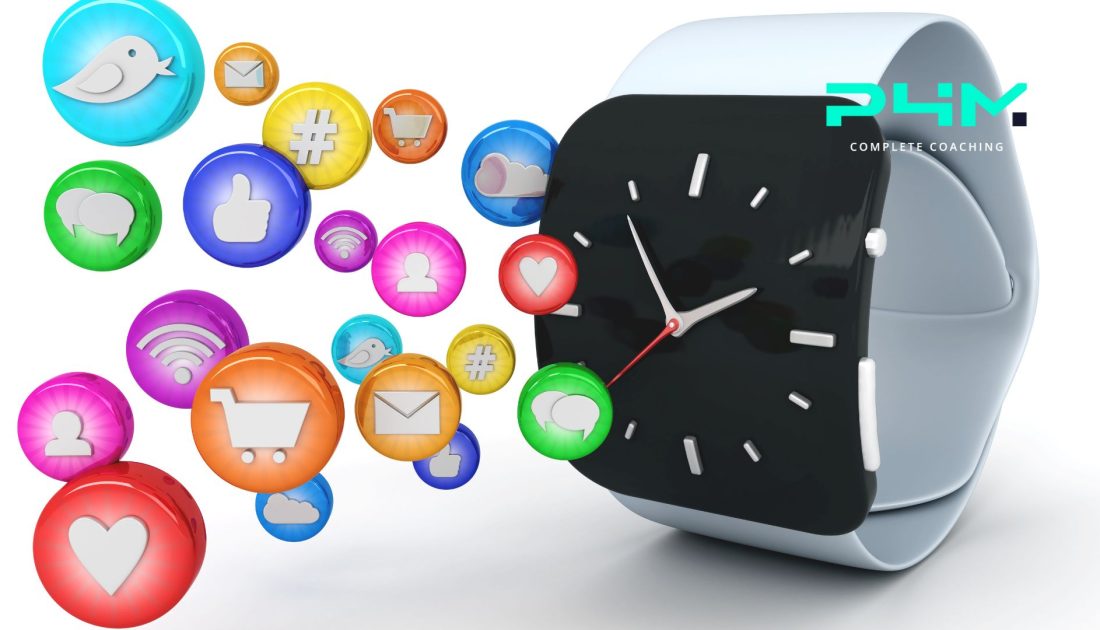Remember the ‘90s when life was simple? Dial-up internet, blockbuster video rentals, and the ultimate responsibility—keeping a pixelated pet alive. Yes, I’m talking about Tamagotchis, the tiny virtual pets that beeped at you all day, demanding food, attention, and the occasional digital bath.
Fast forward to today, and we find ourselves strapped with sleek, high-tech wearables tracking our every move, heartbeat, and even sleep cycles. But here’s a thought: Are we now the Tamagotchis, and our smartwatches the relentless caretakers?
The Rise of Wearable Fitness Tech
Fitness wearables like the Apple Watch, Fitbit, Garmin, and Oura Ring have revolutionized health tracking. These devices do it all—counting steps, monitoring heart rate, analyzing sleep, and even reminding you to breathe (which, frankly, should be automatic).
They nudge, remind, and sometimes even scold us:
- “You haven’t moved in an hour!”
- “Only 2,500 steps today? Do better.”
- “Last night’s sleep: 4 hours. We need to talk.”
It’s eerily similar to the beeping Tamagotchi demanding food or attention.
The key difference? The roles have reversed. Instead of us taking care of the device, the device is now taking care of us. Or is it?
Are We Overly Dependent?
Fitness wearables bring undeniable benefits—accountability, real-time feedback, and a sense of progress. They’ve become invaluable tools for those looking to improve their health. But there’s a fine line between tracking for awareness and becoming dependent on digital validation.
Much like the obsessive need to keep our Tamagotchis “alive,” many wearers are now obsessed over their tech.
Missing a step goal? Anxiety.
Forgetting to wear your watch? Identity crisis.
Skipping a workout? “Well, if my watch didn’t track it, did it even happen?”
The data becomes the motivator rather than the intrinsic desire to move and feel good.
The Gamification of Health
Tamagotchis thrived on a reward system—good care led to a happy pet, while neglect led to a grim digital grave. Wearables use the same principles — except instead of a sad beeping pet, you get:
✅ Achievement badges
✅ Streak reminders
✅ Passive-aggressive notifications
This gamification makes fitness engaging, but also risks shifting the focus from true well-being to merely “closing rings” or maintaining streaks.
It’s all fun and games until you’re marching around the house at 11:58 PM just to hit 10,000 steps.
Who’s in Control?
A real fitness journey isn’t just about closing rings or stacking streaks—it’s about feeling good, being strong, and living longer (without a tiny machine judging you). If your smartwatch dictates your day more than your boss does, it might be time to rethink the relationship.
Technology should serve us, not the other way around. And if missing a workout makes you feel like you’ve just let your Tamagotchi starve to death, maybe it’s time for a reality check.
These devices provide useful data, but they don’t define health—your overall lifestyle, strength, energy, and happiness do.
Finding Balance
Wearables can be a fantastic tool when used mindfully. Here’s how to avoid becoming a Tamagotchi to your smartwatch:
- Use Data for Insight, Not Obsession – Let it guide, not dictate.
- Listen to Your Body First – Metrics are helpful, but how you feel matters more.
- Break Free from the Streak Mentality – Health is a lifelong journey, not a daily streak.
- Move for Joy, Not Just for Numbers – Fitness is more than calories burned or step counts.
Final Thoughts
Wearables, like Tamagotchis, thrive on engagement. But the real goal isn’t just “feeding” the data—it’s improving overall well-being. If your smartwatch feels more like a needy digital pet than a helpful companion, it might be time to reclaim control.
It looks like wearable tech is here to stay, and as it continues to evolve, the key will be using it as a tool rather than letting it dictate our lives. Balance is everything—so while your device can nudge you toward better habits, remember that true health isn’t measured in rings, streaks, or stats. It’s about how strong, energized, and confident you feel in everyday life.Now, if you’ll excuse me, I need to walk in circles around my living room because I’m 84 steps short of my daily goal.




